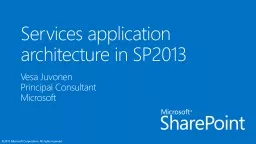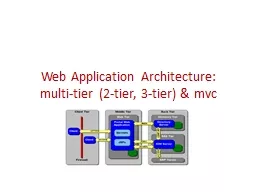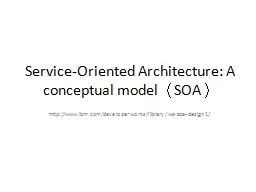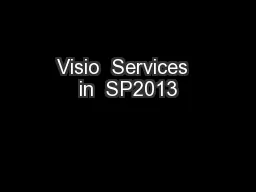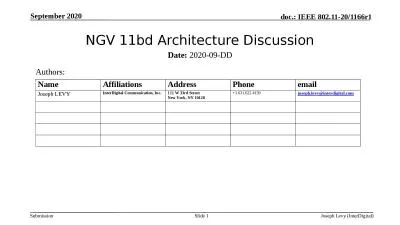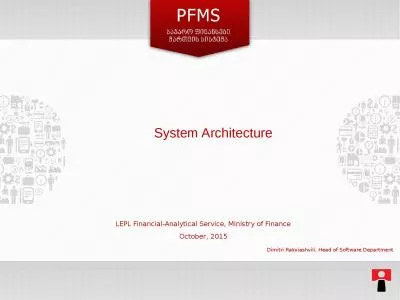PPT-Services application architecture in SP2013
Author : tatyana-admore | Published Date : 2018-09-21
Vesa Juvonen Principal Consultant Microsoft Services can be individually consumed from any Web Application Allows for a very rich and complex farm structure if required
Presentation Embed Code
Download Presentation
Download Presentation The PPT/PDF document "Services application architecture in SP..." is the property of its rightful owner. Permission is granted to download and print the materials on this website for personal, non-commercial use only, and to display it on your personal computer provided you do not modify the materials and that you retain all copyright notices contained in the materials. By downloading content from our website, you accept the terms of this agreement.
Services application architecture in SP2013: Transcript
Download Rules Of Document
"Services application architecture in SP2013"The content belongs to its owner. You may download and print it for personal use, without modification, and keep all copyright notices. By downloading, you agree to these terms.
Related Documents

